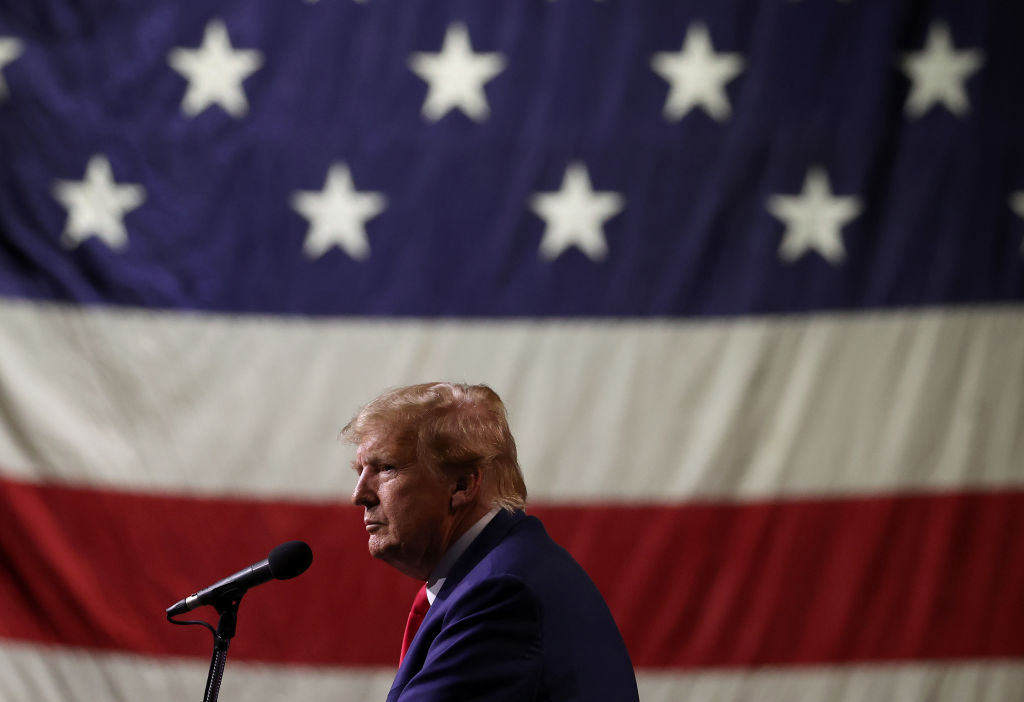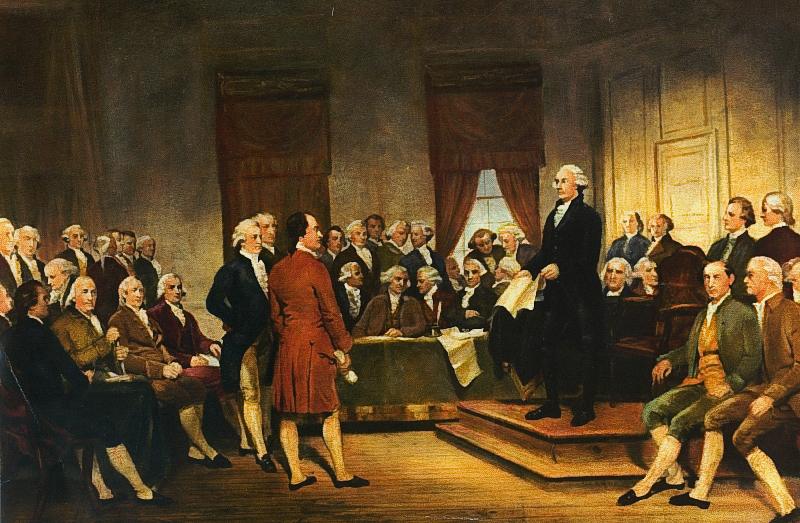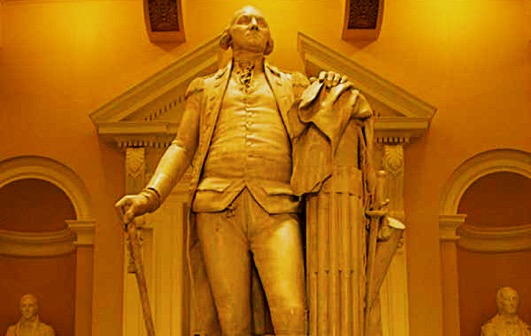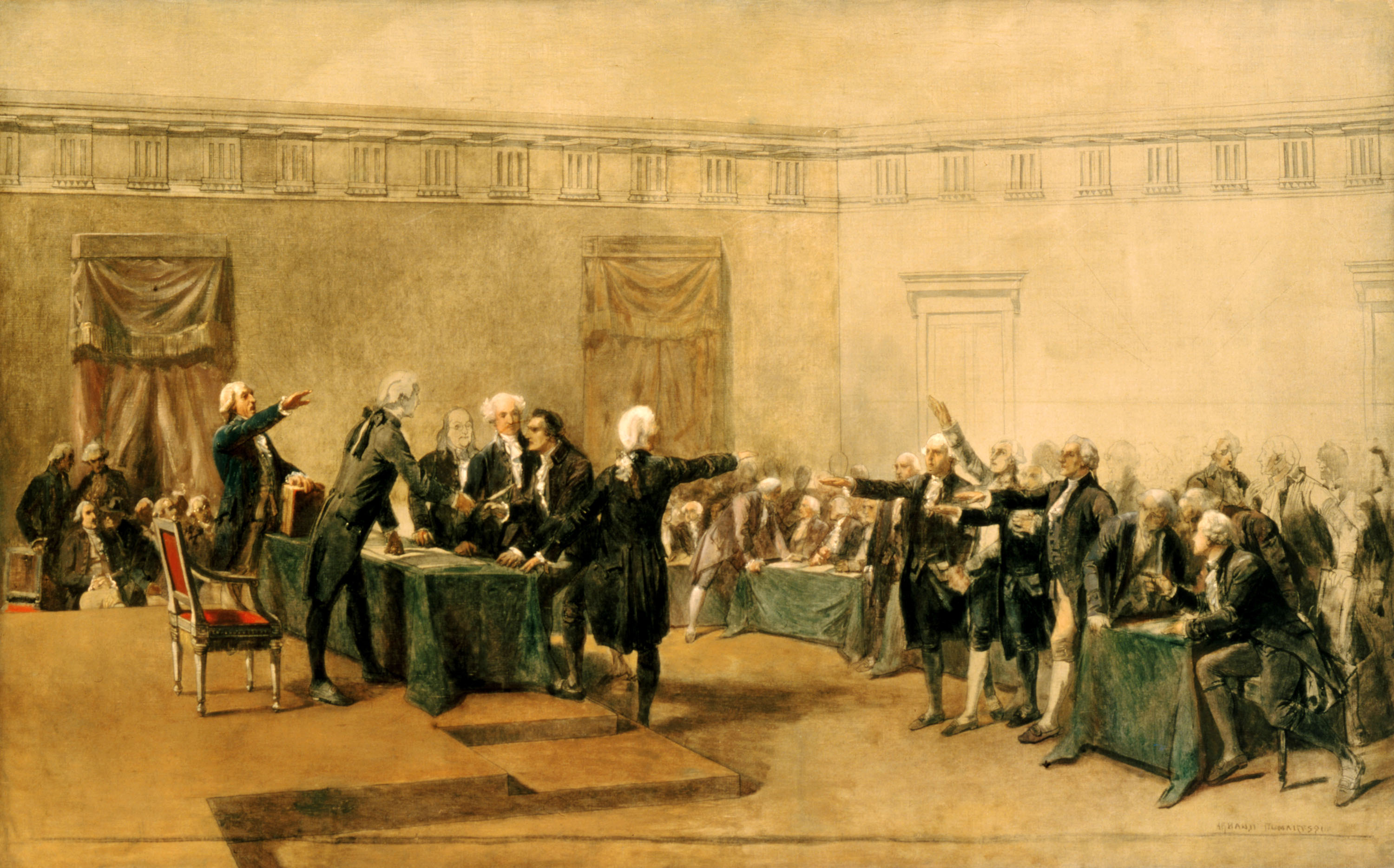Root, root, root for the electors. If they don't win it's a shame.
Trump’s Legal Victory in Colorado

Voters, not private litigants, should get to decide if Trump is re-elected in 2024.
Ever since anti-Trump forces began to weaponize the legal system to achieve political objectives through litigation rather than the ballot box, the former president has been attacked on multiple fronts. One major national effort has been to attempt to disqualify Trump from running as a candidate in Republican presidential primaries this year. Altogether there have been about a dozen such challenges, and more may be coming.
To date, these efforts have been unsuccessful. Trump has beaten back challenges in Arizona, Colorado, Florida, Michigan, Minnesota, New Hampshire, and Rhode Island. Most of those decisions have not reached the question whether Trump is, in fact, legally barred from running. The Minnesota Supreme Court, for instance, ruled only that the challenge was untimely and could be renewed at a later stage.
Only the Colorado case reached the merits. That case, therefore, is the most significant so far. And it gave the victory to Trump.
The anti-Trump challengers in Colorado invoked Section 3 of the Fourteenth Amendment to bar Trump’s candidacy. The Fourteenth Amendment was adopted in 1868, during the Reconstruction period in the aftermath of the Civil War. Although other provisions of the amendment are frequently deployed in constitutional litigation, Section 3 has been little used since the Reconstruction Era.
In the parts most relevant here, the section identifies a class of federal or state officials who have taken an oath to “support” the Constitution upon entering office (as mandated by Article VI of the Constitution) but who thereafter have engaged in insurrection against the Constitution. These oath-takers, the section states, will be disqualified from occupying certain specified governmental positions—including that of being presidential electors—unless amnestied by Congress.
Although Section 3 refers to “electors” for the presidency, nowhere else does it expressly mention the president or the office of the presidency. The anti-Trump challengers nonetheless maintain that the section applies both to former President Trump and to the presidential office.
In the Colorado case, the trial court heard several days of testimony from many witnesses. The court then released a thorough 102-page opinion. The two core findings were (1) that Trump had incited, and thus “engaged in,” insurrection against the Constitution by his speech and conduct on January 6, 2021 and before, but (2) that Trump did not belong in the category of persons to whom the section applied (and that the presidency was not among the offices from which an insurrectionist would be excluded). Hence, Trump wasn’t subject to disqualification and could stand as a candidate in the Republican primary.
Both sides appealed the decision to the Colorado Supreme Court, which heard oral arguments on December 6. According to reports, the justices seemed skeptical of the anti-Trump claim that Section 3 applied to the former president. One justice, observing that Section 3 did not specifically include the president among those subject to disqualification, asked: “If it was so important that the president be included, I come back to the question, Why not spell it out?”
Media critics of the trial court’s opinion have expressed dismay at the conclusion that Section 3 does not apply to the former president. The basic answer to their objection is found in a 2010 Supreme Court opinion, authored by Chief Justice John Roberts, which involved the interpretation of the Appointments Clause in Article II of the Constitution. That clause empowers the president to nominate and (subject to the Senate’s advice and consent) appoint “Ambassadors, other public Ministers and Consuls, Judges of the supreme Court, and all other Officers of the United States [etc.]” Interpreting that language, the chief justice wrote that “[t]he people do not vote for the ‘Officers of the United States.’”
In other words, “Officers of the United States” in the constitutional sense are appointed; they are not elected. The president, the vice president, and senators and representatives, are all elected to their positions. (In the case of the president and vice president, they are normally elected by the Electoral College; in the case of the Senate and House, by the popular vote in their states or districts.) Other high-ranking federal officials, including Supreme Court justices and cabinet members, are appointed rather than elected.
In defining who is potentially subject to disqualification, Section 3 specifies those who “as a member of Congress, or as an officer of the United States,” had previously “taken an oath…to support the Constitution.” Reading the section in light of the constitutional distinction between elected and appointed federal office-holders, it is plain that the section refers to (1) those who were elected to Congress and (2) those who were appointed (to offices in the federal executive or judicial branches). The section does not refer to or include the elected president or vice president.
This omission must have been deliberate; it could not have been the product of simple negligence or inadvertence. The 39th Congress, which drafted Section 3, spent months in drafting and debating it. That Congress included some exceptionally fine constitutional lawyers among its members. After Congress proposed the amendment, it was further examined and debated in the press and by the public. To echo the Colorado justice, had it been considered so important to include the president, then the drafters of the amendment would have spelled it out.
The Congress that drafted, debated, and proposed Section 3 was acutely aware that there could be circumstances in which a president would have to be removed from office: for two years before the section was ratified, Congress had been considering impeaching President Andrew Johnson and removing him from office. Although Johnson was not being accused of insurrection, it was obvious that insurrection was an impeachable offense, and that Senate conviction on such a charge could result in the president’s removal. The fact that Congress did not create a separate basis for removing a president in Section 3 should not, therefore, be surprising: Congress seems to have wished to retain exclusive control, through its impeachment powers, of the mechanism for removing a president from office.
Apart from the grounds set forth in the Colorado trial court’s opinion for rejecting the attempt to bar Trump from the ballot, there is another compelling line of argument on Trump’s behalf. Section 3 is “non-self-executing” or, in simpler terms, it does not provide a cause of action or legal claim enabling challengers to seek to have a prospective candidate for office (or an official-elect, or even an incumbent) disqualified through a court order—unless Congress has authorized the court to hear such a complaint and to order such relief. This argument is powerfully bolstered by the actions and pronouncements of high-ranking federal officials soon after Section 3 was adopted—including President U.S. Grant, Chief Justice Salmon Chase, and the influential Republican Senator Lyman Trumbull. All of these contemporaneous figures were familiar with the purposes of Section 3 and understood full well what it meant.
In general, moreover, as the Supreme Court has recurrently (and recently) emphasized, few constitutional provisions implicitly create causes of action for the use of private litigants; normally constitutional clauses require “execution” or implantation by an Act of Congress before the courts can grant relief based on them.
So, what’s next? The U.S. Supreme Court (or some justices) may not wish to decide this issue if it is not necessary to do so. And as long as Trump remains successful in beating back disqualification challenges, the court may not think it necessary to take up the case. But if Trump is barred from the ballot in some state, the court may well feel obliged to review the decisions. Indeed, even if the Colorado Supreme Court affirms the trial court decision, the U.S. Supreme Court could well take up the case, on the grounds that there was a kind of conflict between the Colorado and Minnesota Supreme Courts (the latter of which had deferred decision).
In any event, the issue is significant enough that the U.S. Supreme Court should decide it—and should do so before the 2024 presidential campaign is underway. For all that the anti-Trump forces say about trying to preserve “our democracy,” democracy is plainly better served if the voters get to say whether Donald Trump is re-elected to the presidency, rather than private litigants.
The American Mind presents a range of perspectives. Views are writers’ own and do not necessarily represent those of The Claremont Institute.
The American Mind is a publication of the Claremont Institute, a non-profit 501(c)(3) organization, dedicated to restoring the principles of the American Founding to their rightful, preeminent authority in our national life. Interested in supporting our work? Gifts to the Claremont Institute are tax-deductible.
Remarks accepting the Claremont Institute’s Henry Salvatori Prize in the American Founding, Washington, D.C., October 27, 2018.
We don’t need a revolution to find political redemption.






